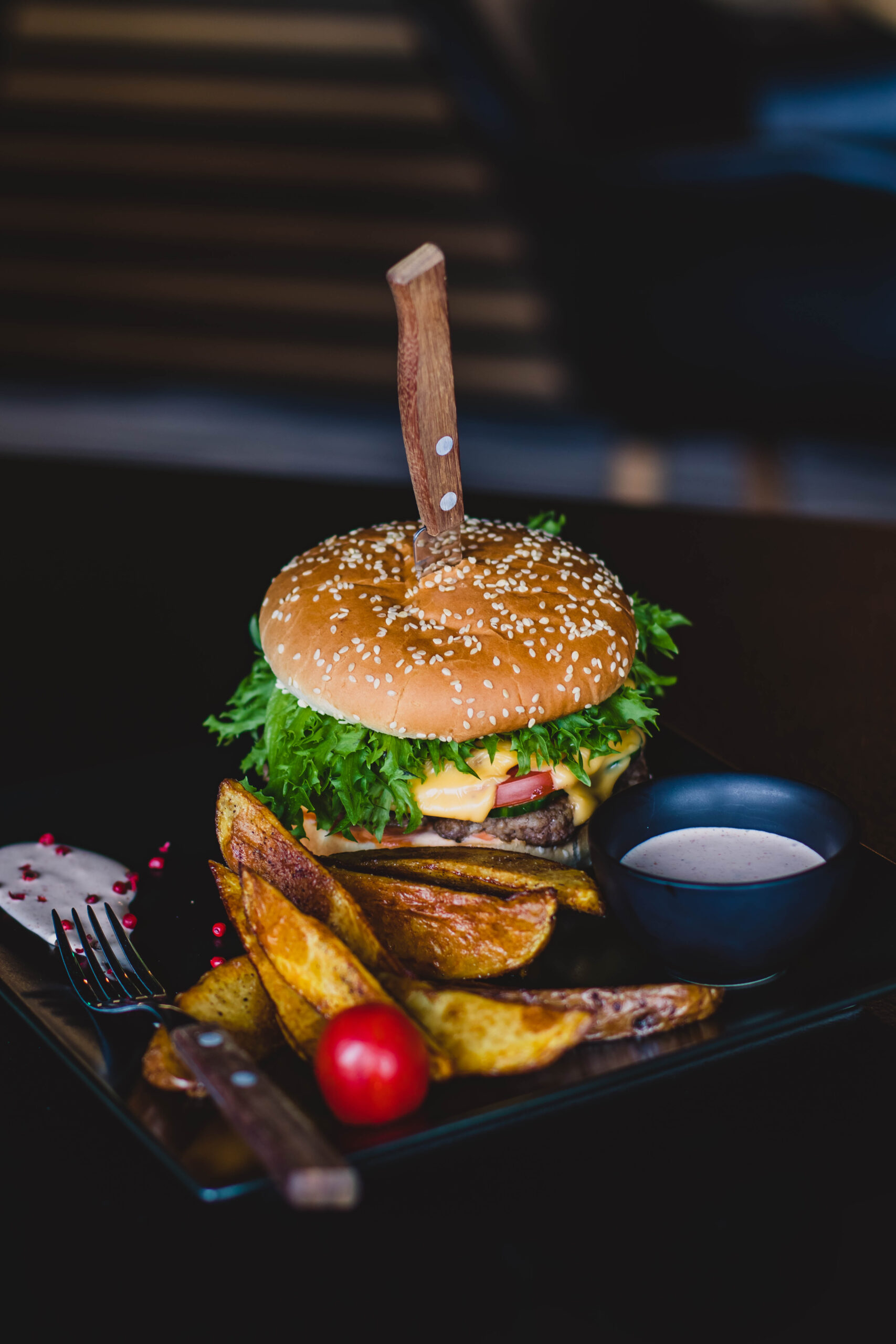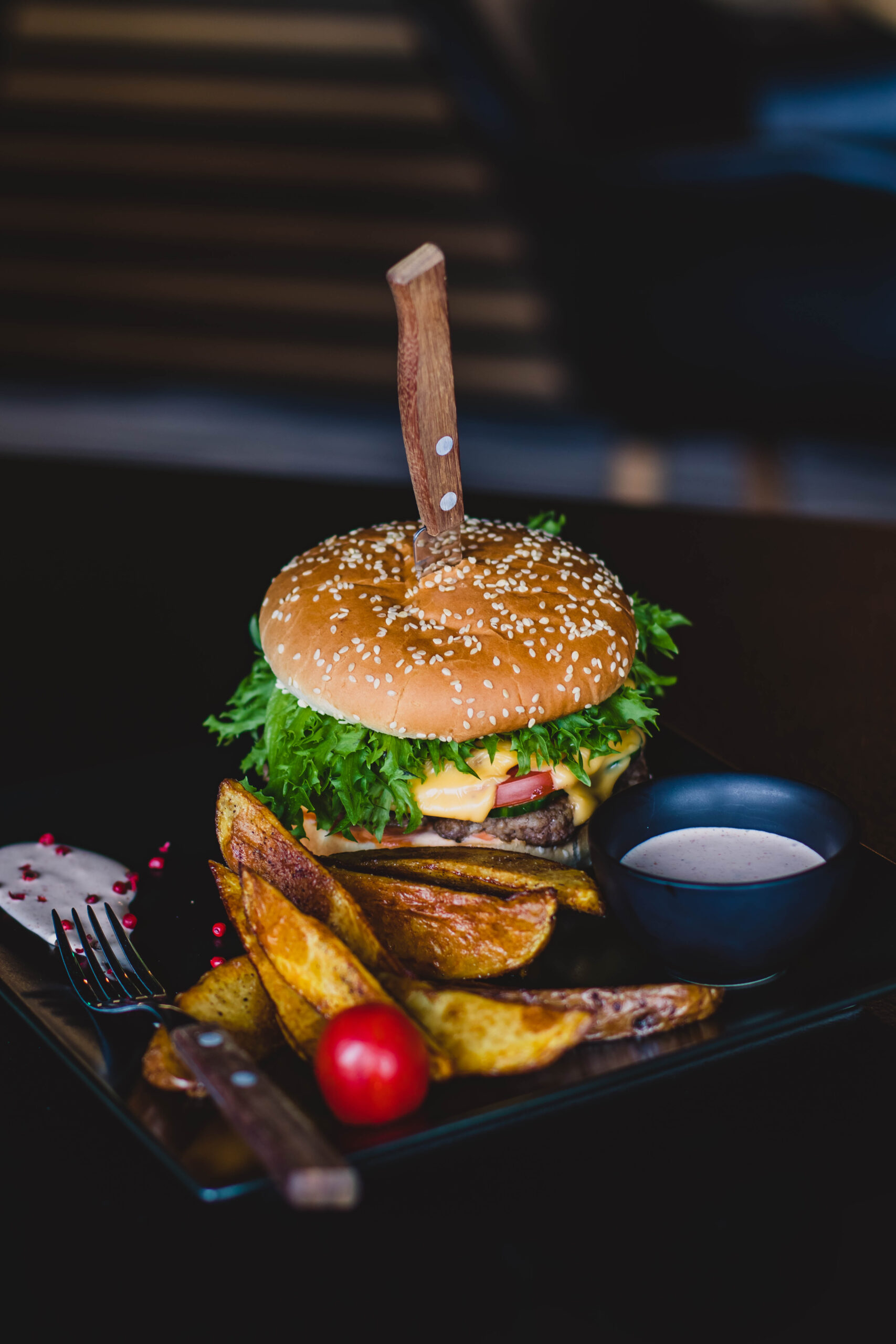Discover the mouthwatering world of Indian cuisine on IndianCulture.com, where the regional flavors of India come to life. From the tantalizing aromas of aromatic spices to the unique and exquisite regional specialties, this article unveils the culinary diversity that defines Indian culture. Embark on a culinary journey and explore the rich traditions and intricate flavors that make Indian cuisine a true taste sensation. Get ready to indulge your senses and satisfy your craving for deliciousness as you discover the vibrant and diverse tapestry of flavors that India has to offer.

North Indian Cuisine
Introduction to North Indian Cuisine
North Indian cuisine is known for its rich and diverse flavors, with a focus on aromatic spices and hearty ingredients. The cuisine of this region is influenced by the Mughals, who introduced their own unique cooking techniques and ingredients. North Indian cuisine is characterized by its rich gravies, bread-based dishes, and a wide variety of vegetarian and non-vegetarian options.
Popular North Indian Dishes
Some of the most popular dishes from North Indian cuisine include:
- Butter Chicken: A creamy and flavorful chicken dish cooked in a tomato-based gravy.
- Biryani: A fragrant rice dish cooked with meat, vegetables, and a blend of aromatic spices.
- Tandoori Chicken: Marinated chicken cooked in a traditional clay oven, resulting in a smoky and tender texture.
- Chole Bhature: A popular street food dish consisting of spicy chickpeas (chole) served with fried bread (bhature).
- Rogan Josh: A flavorful lamb curry made with a blend of spices and yogurt.
Distinctive Flavors of North Indian Cuisine
The flavors of North Indian cuisine are known for their richness and depth. The use of spices such as cumin, coriander, cardamom, and cinnamon adds a warm and aromatic touch to the dishes. The cuisine often incorporates a balance of sweet and savory flavors, with ingredients like ghee (clarified butter) and cream adding richness to the gravies. The careful blending of spices creates a harmonious blend of flavors that is unique to North Indian cuisine.
South Indian Cuisine
Introduction to South Indian Cuisine
South Indian cuisine is known for its use of rice, lentils, and coconut. The cuisine of this region is characterized by its extensive use of vegetarian ingredients and the use of tamarind for tangy flavors. The traditional South Indian meal, known as a “thali,” typically consists of rice, sambar (a lentil-based soup), rasam (a tangy soup), various vegetable dishes, and a variety of chutneys.
Popular South Indian Dishes
Some of the most popular dishes from South Indian cuisine include:
- Dosa: A thin and crispy pancake made from fermented rice and lentil batter, typically served with coconut chutney and sambar.
- Idli: Steamed rice cakes made from fermented rice and lentil batter, often served with coconut chutney and sambar.
- Bisi Bele Bath: A spicy and flavorful rice dish cooked with lentils, vegetables, and a blend of aromatic spices.
- Sambar: A tangy and spicy lentil soup made with tamarind, vegetables, and a unique blend of South Indian spices.
- Coconut Chutney: A creamy and fragrant chutney made from fresh coconut, green chilies, and spices.
Distinctive Flavors of South Indian Cuisine
South Indian cuisine is known for its vibrant and fresh flavors. The use of coconut, curry leaves, and tamarind adds a unique tanginess to the dishes. The cuisine often incorporates a balance of spicy, sour, and savory flavors, with spices like mustard seeds, fenugreek seeds, and red chilies adding depth to the dishes. The use of lentils and fermented rice gives a distinct texture and flavor to the dishes, making South Indian cuisine truly special.

East Indian Cuisine
Introduction to East Indian Cuisine
East Indian cuisine is characterized by its simplicity and focus on fresh ingredients. The cuisine of this region is influenced by the flavors of Bengal, Odisha, and Assam, resulting in a diverse array of dishes. East Indian cuisine is known for its use of mustard oil, panch phoron (a blend of five spices), and seafood.
Popular East Indian Dishes
Some of the most popular dishes from East Indian cuisine include:
- Machher Jhol: A light and flavorful fish curry made with mustard oil, tomatoes, and a blend of spices.
- Prawn Malai Curry: A creamy and delicious prawn curry cooked with coconut milk, onions, and spices.
- Dhokar Dalna: A unique vegetarian dish made from lentil cakes, cooked in a spicy curry made with tomatoes and onions.
- Shorshe Ilish: A traditional Bengali dish made with hilsa fish, cooked in a mustard sauce.
- Rasgulla: A famous Bengali sweet made from chenna (coagulated milk), cooked in a sugar syrup.
Distinctive Flavors of East Indian Cuisine
East Indian cuisine is known for its subtle and delicate flavors. The use of mustard oil and panch phoron adds a unique taste and aroma to the dishes. The cuisine often incorporates a balance of sweet, savory, and tangy flavors, with ingredients like mustard seeds, ginger, and green chilies adding a refreshing touch. The use of seafood, fresh vegetables, and aromatic spices creates a distinct and flavorful experience in East Indian cuisine.
West Indian Cuisine
Introduction to West Indian Cuisine
West Indian cuisine is characterized by its bold and spicy flavors, influenced by the flavors of Gujarat, Rajasthan, and Maharashtra. The cuisine of this region is known for its use of legumes, millets, and a wide variety of spices. West Indian cuisine offers a range of vegetarian and non-vegetarian options, with dishes that are full of flavor and texture.
Popular West Indian Dishes
Some of the most popular dishes from West Indian cuisine include:
- Dhokla: A savory steamed cake made from fermented chickpea flour, served with chutney.
- Vada Pav: A popular street food dish consisting of a deep-fried potato dumpling served in a bread bun, garnished with chutneys and spices.
- Pav Bhaji: A flavorful vegetable curry made with a blend of spices, served with buttered bread rolls.
- Bhelpuri: A savory snack made from puffed rice, vegetables, and a tangy tamarind chutney.
- Rajma Chawal: A delicious dish made with kidney beans cooked in a spicy tomato-based gravy, served with rice.
Distinctive Flavors of West Indian Cuisine
West Indian cuisine is known for its spicy and vibrant flavors. The use of spices like cumin, coriander, turmeric, and red chilies adds a fiery kick to the dishes. The cuisine often incorporates a balance of tangy, spicy, and sweet flavors, with ingredients like tamarind, jaggery, and coconut adding depth to the dishes. The use of legumes, millets, and a variety of vegetables creates a hearty and satisfying experience in West Indian cuisine.

Northeast Indian Cuisine
Introduction to Northeast Indian Cuisine
Northeast Indian cuisine is a treasure trove of unique flavors and ingredients. The cuisine of this region is influenced by the tribal cultures and diverse ethnic groups that call this region home. Northeast Indian cuisine is known for its use of bamboo shoots, fermented soybean, and unique herbs and spices.
Popular Northeast Indian Dishes
Some of the most popular dishes from Northeast Indian cuisine include:
- Momos: Steamed dumplings filled with meat or vegetables, often served with a spicy sauce.
- Pork Vindaloo: A spicy and tangy pork curry made with vinegar, onions, and aromatic spices.
- Axone with Pork: Fermented soybean cooked with pork and a blend of spices, resulting in a unique umami flavor.
- Khar: A traditional Assamese dish made with raw papaya, pulses, and a special ingredient called “khar” derived from burnt banana peels.
- Chingri Malai Curry: A creamy and flavorful prawn curry made with coconut milk and a blend of spices, popular in the state of Tripura.
Distinctive Flavors of Northeast Indian Cuisine
Northeast Indian cuisine is known for its bold and distinct flavors. The use of fermented ingredients like bamboo shoots and soybean adds a unique and tangy taste to the dishes. The cuisine often incorporates a balance of sour, spicy, and earthy flavors, with ingredients like mustard oil, black sesame seeds, and local herbs adding depth to the dishes. The use of meats, fresh vegetables, and unique spices creates a one-of-a-kind culinary experience in Northeast Indian cuisine.
Central Indian Cuisine
Introduction to Central Indian Cuisine
Central Indian cuisine is characterized by its rich and spicy flavors, with a focus on lentils, spices, and grains. The cuisine of this region is influenced by the traditional cooking techniques of Madhya Pradesh, Chhattisgarh, and parts of Uttar Pradesh. Central Indian cuisine offers a variety of vegetarian and non-vegetarian dishes, with a heavy use of herbs and aromatic spices.
Popular Central Indian Dishes
Some of the most popular dishes from Central Indian cuisine include:
- Dal Bafla: A delicious and hearty dish consisting of baked lentil dumplings served with ghee and spicy dal.
- Poha: Flattened rice cooked with onions, mustard seeds, turmeric, and other spices, often garnished with coriander and lemon juice.
- Bhopali Gosht Korma: A flavorful and creamy lamb curry made with a blend of spices and yogurt.
- Bhutte Ka Kees: A street food dish made with grated corn, cooked with spices and garnished with coriander.
- Malpua: A sweet pancake made with refined flour, milk, and sugar syrup, often served with rabri (sweet condensed milk).
Distinctive Flavors of Central Indian Cuisine
Central Indian cuisine is known for its robust and spicy flavors. The use of aromatic spices like cloves, cinnamon, and nutmeg adds warmth and depth to the dishes. The cuisine often incorporates a balance of spicy, tangy, and sweet flavors, with ingredients like tamarind, jaggery, and yogurt creating a harmonious blend of tastes. The use of lentils, grains, and a variety of vegetables adds texture and richness to Central Indian cuisine.
Western Ghats Cuisine
Introduction to Western Ghats Cuisine
Western Ghats cuisine is influenced by the natural abundance of the mountainous region, which is known for its lush greenery and diverse flora and fauna. The cuisine of this region is characterized by its use of local ingredients and traditional cooking techniques. Western Ghats cuisine offers a range of vegetarian and non-vegetarian options, with dishes that showcase the freshness and flavors of the region.
Popular Dishes from the Western Ghats
Some of the most popular dishes from Western Ghats cuisine include:
- Coorg Pandi Curry: A spicy and tangy pork curry made with Coorgi spices and vinegar.
- Alleppey Fish Curry: A delicious and tangy fish curry made with coconut and tamarind, popular in the backwaters of Kerala.
- Malabar Chicken Biryani: A fragrant and flavorful chicken biryani cooked with Malabar spices and basmati rice.
- Bamboo Shoot Curry: A traditional dish made with fresh bamboo shoots, cooked with spices and coconut milk.
- Modak: A sweet dumpling made with rice flour, filled with a coconut and jaggery mixture, often served during festivals.
Distinctive Flavors of Western Ghats Cuisine
Western Ghats cuisine is known for its fresh and vibrant flavors. The use of coconut, curry leaves, and traditional spices adds a unique taste and aroma to the dishes. The cuisine often incorporates a balance of spicy, tangy, and sweet flavors, with ingredients like tamarind, kokum, and jaggery adding depth to the dishes. The use of local vegetables, seafood, and indigenous spices creates a distinct and memorable culinary experience in Western Ghats cuisine.
Coastal Cuisine
Introduction to Coastal Cuisine
Coastal cuisine in India is a treasure trove of flavors and textures inspired by the bountiful ocean. The cuisine of India’s coastal regions is influenced by the exotic flavors of seafood and the abundant use of coconut and spices. Coastal cuisine offers a diverse range of dishes, from fiery and tangy curries to light and refreshing seafood preparations.
Popular Coastal Dishes
Some of the most popular dishes from Coastal cuisine include:
- Fish Curry: A tangy and spicy curry made with fresh fish, coconut, and a blend of coastal spices.
- Prawn Masala: A flavorful and aromatic prawn dish cooked with spices and coconut milk.
- Alleppey Fish Fry: A crispy and spicy fish fry made with a special blend of coastal spices and served with coconut chutney.
- Mangalorean Chicken Ghee Roast: A fiery and rich chicken roast made with a unique blend of spices and ghee.
- Goan Prawn Vindaloo: A tangy and spicy prawn curry made with vinegar, chilies, and a blend of Goan spices.
Distinctive Flavors of Coastal Cuisine
Coastal cuisine is known for its bold and zesty flavors. The use of coconut, curry leaves, and a variety of spices adds a unique taste and aroma to the dishes. The cuisine often incorporates a balance of sour, spicy, and seafood flavors, with ingredients like tamarind, kokum, and cocum adding depth to the dishes. The use of fresh seafood, aromatic spices, and coconut creates a delightful and unforgettable culinary experience in Coastal cuisine.
Mughlai Cuisine
Introduction to Mughlai Cuisine
Mughlai cuisine is a royal and extravagant culinary tradition that originated in the kitchens of the Mughal emperors. The cuisine of this region is characterized by its rich and aromatic flavors, with a focus on meat-based dishes cooked in flavorful gravies. Mughlai cuisine offers a plethora of dishes that are fit for royalty.
Iconic Mughlai Dishes
Some of the most iconic dishes from Mughlai cuisine include:
- Butter Chicken: A creamy and flavorful chicken dish cooked in a tomato-based gravy, enriched with butter and cream.
- Biryani: A fragrant rice dish cooked with meat, vegetables, and a blend of aromatic spices, layered with saffron-infused rice.
- Kebabs: Succulent and juicy meat skewers, marinated with a blend of spices and grilled to perfection.
- Shahi Paneer: A rich and creamy paneer (cottage cheese) dish cooked in a cashew and tomato-based gravy, adorned with saffron.
- Rogan Josh: A flavorful lamb curry made with a blend of spices and yogurt, resulting in a rich and aromatic gravy.
Distinctive Flavors of Mughlai Cuisine
Mughlai cuisine is known for its opulent and indulgent flavors. The use of aromatic spices like saffron, cardamom, and cloves adds richness and depth to the dishes. The cuisine often incorporates a balance of sweet, savory, and tangy flavors, with ingredients like ghee, cream, and nuts creating a luxurious experience for the taste buds. The slow cooking techniques and intricate layering of flavors make Mughlai cuisine truly majestic and unforgettable.
Street Food Culture
Introduction to Indian Street Food
Indian street food is a gastronomic adventure that showcases the vibrant and diverse flavors of the country. The street food culture in India is a reflection of the bustling cities and the diversity of regional cuisines. From spicy snacks to sweet delicacies, Indian street food offers an explosion of flavors in every bite.
Iconic Street Food Dishes
Some of the most iconic street food dishes in India include:
- Golgappa/Pani Puri: Crisp and hollow semolina shells filled with a tangy and spicy tamarind water, served with a variety of fillings.
- Vada Pav: A popular street food dish consisting of a deep-fried potato dumpling served in a bread bun, garnished with chutneys and spices.
- Pav Bhaji: A flavorful vegetable curry made with a blend of spices, served with buttered bread rolls.
- Dahi Vada: Deep-fried lentil dumplings soaked in yogurt and topped with tangy chutneys and spices.
- Jalebi: A sweet and crispy Indian dessert made with a fermented batter of wheat flour, deep-fried and soaked in sugar syrup.
Regional Variations in Street Food
Indian street food varies greatly from region to region, offering a plethora of unique flavors and specialties. Each state and city has its own iconic street food dishes that are celebrated for their distinct tastes and textures. From the spicy chaats of Delhi to the tangy bhelpuri of Mumbai, the street food culture in India is a true reflection of the culinary diversity of the country. Whether you’re craving a crispy dosa from the streets of Chennai or a mouth-watering kachori from the lanes of Jaipur, India’s street food scene has something to satisfy every palate.
In conclusion, India’s culinary landscape is a treasure trove of flavors and regional specialties. From the rich and aromatic dishes of North Indian cuisine to the spicy and tangy flavors of South Indian cuisine, each region offers a unique gastronomic experience. Whether you’re a fan of the fiery curries of the West or the delicate flavors of the East, Indian cuisine is sure to tantalize your taste buds. So, embark on a culinary journey through the diverse flavors of India and savor the rich heritage that each region has to offer.
